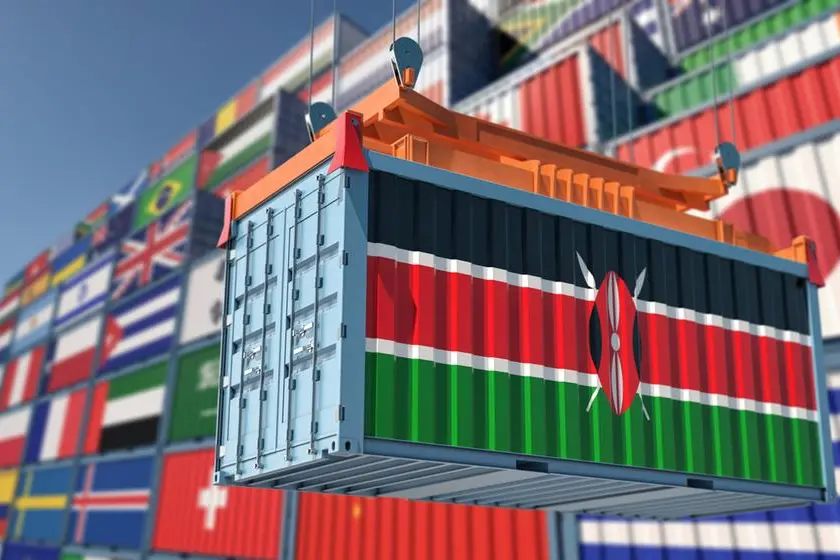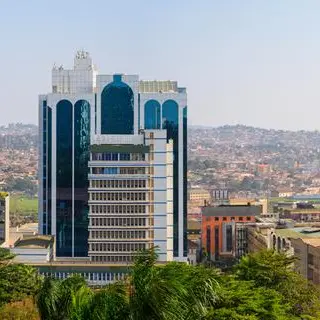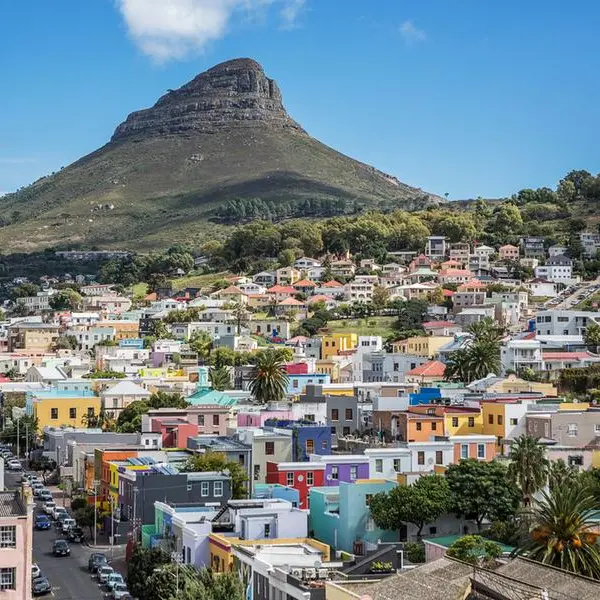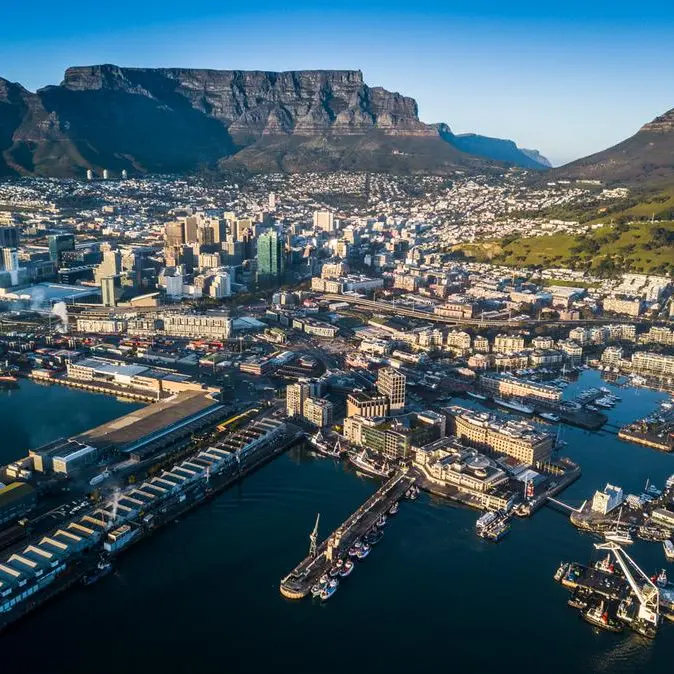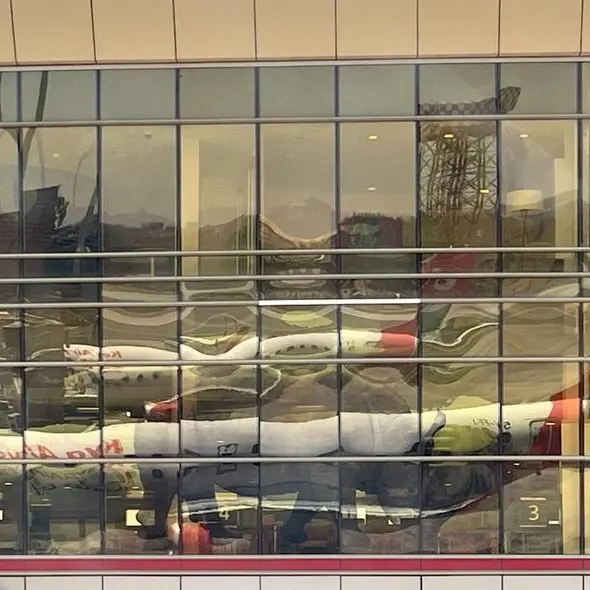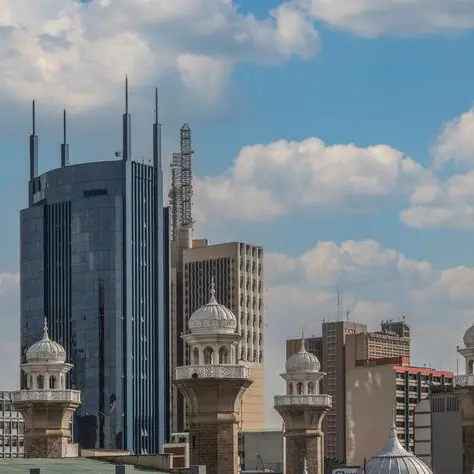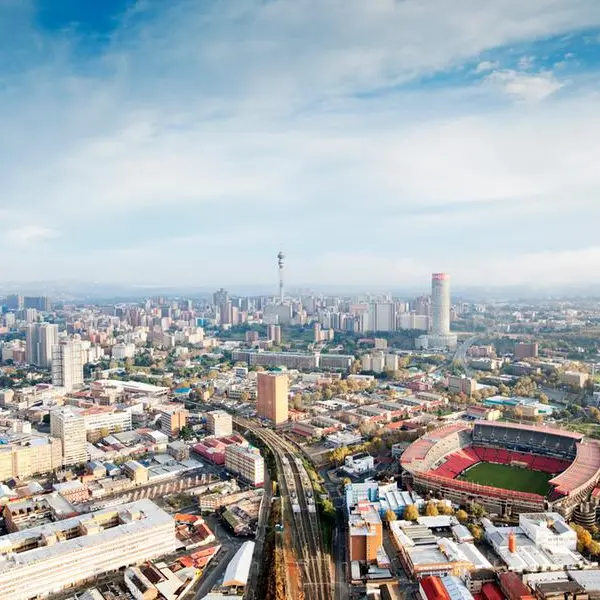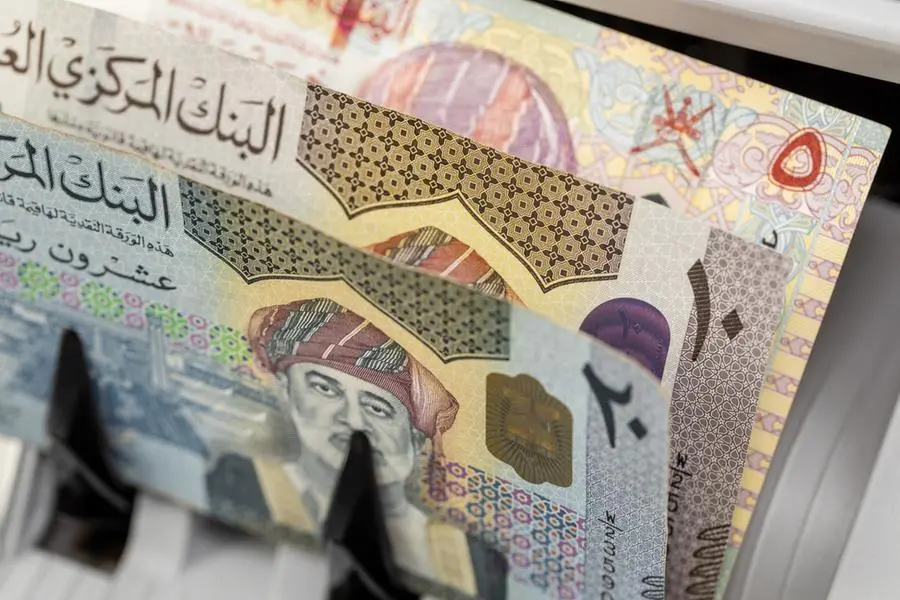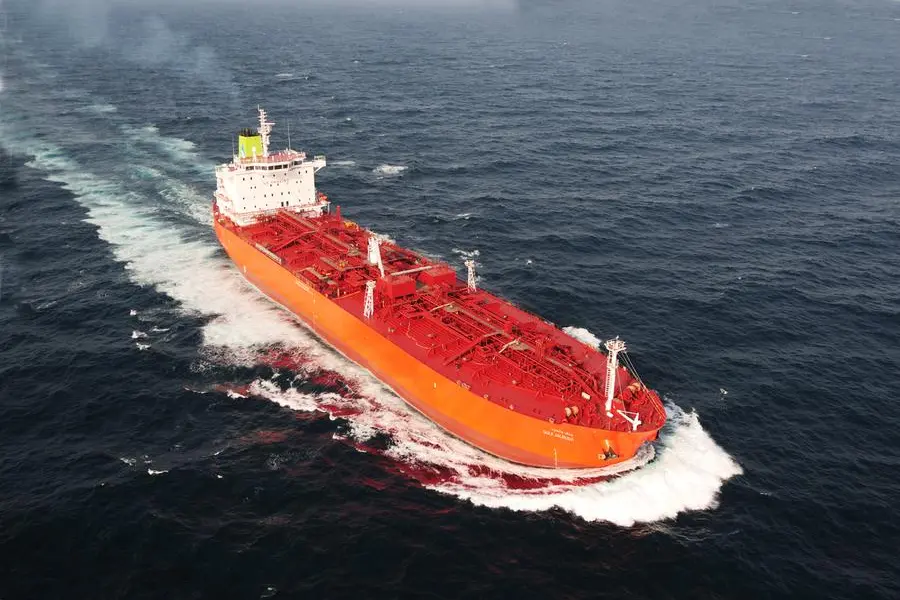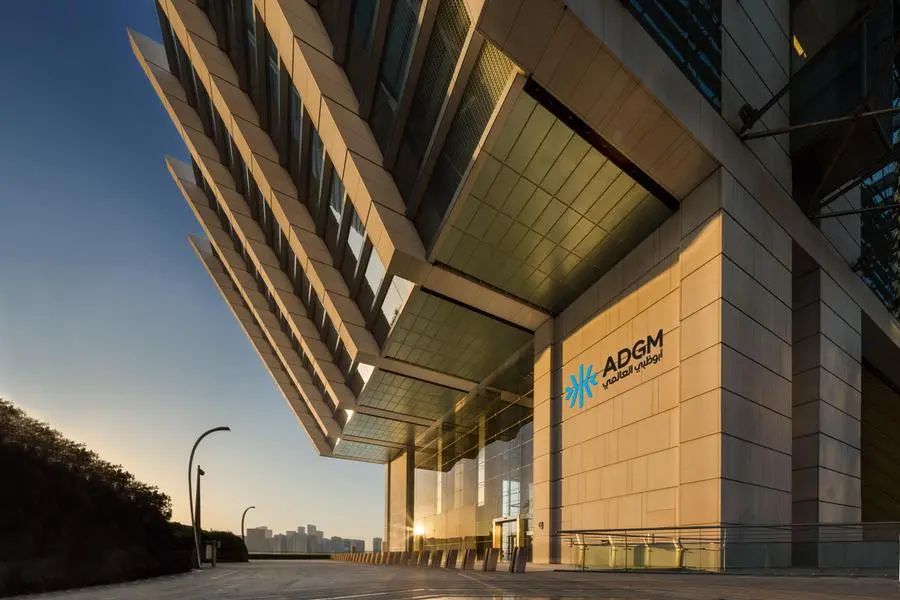PHOTO
Freight container with Kenya flag. Getty Images Image used for illustrative purpose.
Kenya - The volume of transshipment cargo through Kenya's Mombasa Port looks set to fall for the second year in a row in an early setback to President William Ruto's administration’s plan to position the facility as a world-class trade facilitator.
Provisional data show goods destined for other ports that were handled at Mombasa fell at a faster rate of 19.87 percent in the first seven months of the year compared to the year before.
Eastern Africa’s busiest seaport handled about 1.2 million tonnes of transshipment cargo in the period, the data collated by the Kenya National Bureau of Statistics (KNBS) shows, compared with 1.5 million in a similar period last year.
Dar reaps as Mombasa cargo volumes dipThe transshipment business — an increasingly key focus for most leading ports across the world — at Mombasa fell 7.43 percent to 2.3 million tonnes last year, shining a spotlight on its position as the gateway into East and Central Africa in the long run.
The data shows the volume of imports through Mombasa rose a modest 4.15 percent year-on-year to 16.75 million tonnes in the seven months, while exports increased 6.40 percent to nearly three million tonnes.
Total cargo throughput at the port was flat last year, falling by 1.94 percent to 33.88 million metric tonnes, the Kenya Ports Authority (KPA) data shows.
The mixed performance of the port prompted a high-level meeting presided over by Dr Ruto in late July, which resolved to implement far-reaching reforms aimed at enhancing efficiency and making Mombasa globally competitive.
Read: Mombasa port’s new cranes to boost efficiencyThe meeting, attended by authorities from Kenya and Uganda, shippers, transporters, exporters, and importers, sought to discuss measures to ensure the seaport runs “effectively, efficiently and is commercially sound”.“The productivity of this port is directly linked to the state of our economy, improving efficiency will help us create jobs, boost export volumes, and stimulate economic growth,” the President told stakeholders.
The gathering resolved, among other things, to adopt global best practices in transshipment with sights on attracting more business.
The meeting came when traders complained of road tolls, border charges, heavy traffic, and general road conditions as major cost drivers along the Northern Corridor, prompting some to pick the Central Corridor.
© Copyright 2022 Nation Media Group. All Rights Reserved. Provided by SyndiGate Media Inc. (Syndigate.info).
